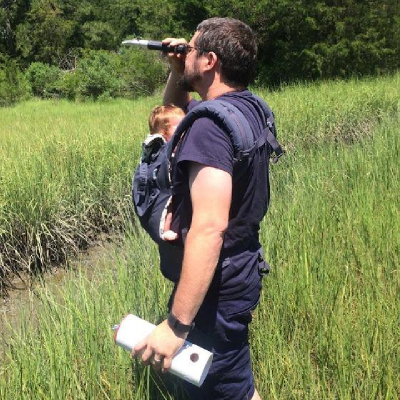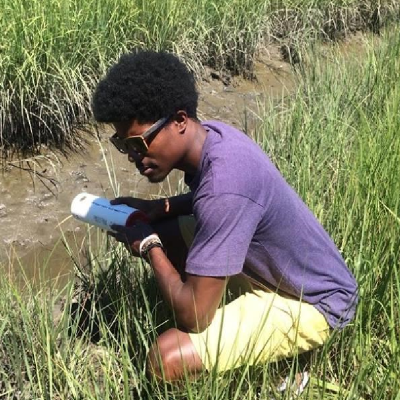
Nearly four years ago, Kersey Sturdivant and I launched a bold, ambitious, and, frankly, naive crowdfunding initiative to build the first low-cost, open-source CTD, a core scientific instrument that measures salinity, temperature, and depth in a water column. It was a dream born from the frustration of declining science funding, the expense of scientific equipment, and the promise of the Maker movement. After thousands of hours spent learning the skills necessary to build these devices, hundreds of conversations with experts, collaborators, and potential users around the world, dozens of iterations (some transformed into full prototypes, others that exist solely as software), and one research cruise on Lake Superior to test the housing and depth and temperature probes, the OpenCTD has arrived.

Over the last week, Kersey and I have been hard at work building a battery of CTDs while methodically documenting the construction process. You can watch the event unfurl on the #HackTheOcean hashtag. We now have three new CTDs ready to be distributed to collaborators at various institutions for more field tests and, in particular, to assess the precision of three different conductivity probes, all of which have been calibrated and validated here, in Virginia.

We’ve hosted the entire build guide, as well as the software, 3D printer files, support documentation, and raw data from our first research cruise in the Oceanography for Everyone GitHub repository, where you can also find guides and designs for the BeagleBox field computer and the Niskin3D 3D-printable Niskin bottle. 3D print files are also available on Thingiverse, if you’re more comfortable with that platform. We’ve also gone out of our way to make the build as simple as possible. You’ll need to learn basic programming and electronics, but the technical aspects of building your own CTD shouldn’t be a barrier to entry.
Over these four years, the OpenCTD has grown from a single project to a community of citizen oceanographers committed to making the tools needed to study the oceans as accessible as possible. As my friend and colleague Eric Stackpole said upon launching the first OpenROV kickstarter:
“Ocean exploration shouldn’t require a research grant, it should require curiosity.”
Since launching, numerous people have asked us if we can build an OpenCTD for them. We are not really set up to be a manufacturer of CTDs, however, get in touch with either me (andrew@oceanographyforeveryone.com) or Kersey (kersey@oceanographyforeveryone.com) and we can talk about holding an OpenCTD training workshop with your institution or organization.

Pretty cool! I’ve seen that temperature plot going around quite a bit the last few days — any idea what the conductivity data look like? That’s the harder measurement to make, and it’s not much of a CTD without the C … 😛
We don’t have a ton of conductivity curves because were testing three different probes, but in linear tests, all fell with 2% of the commercial CTD. Three OpenCTDs were just released into the wild for field testing, with a hard focus on the C.